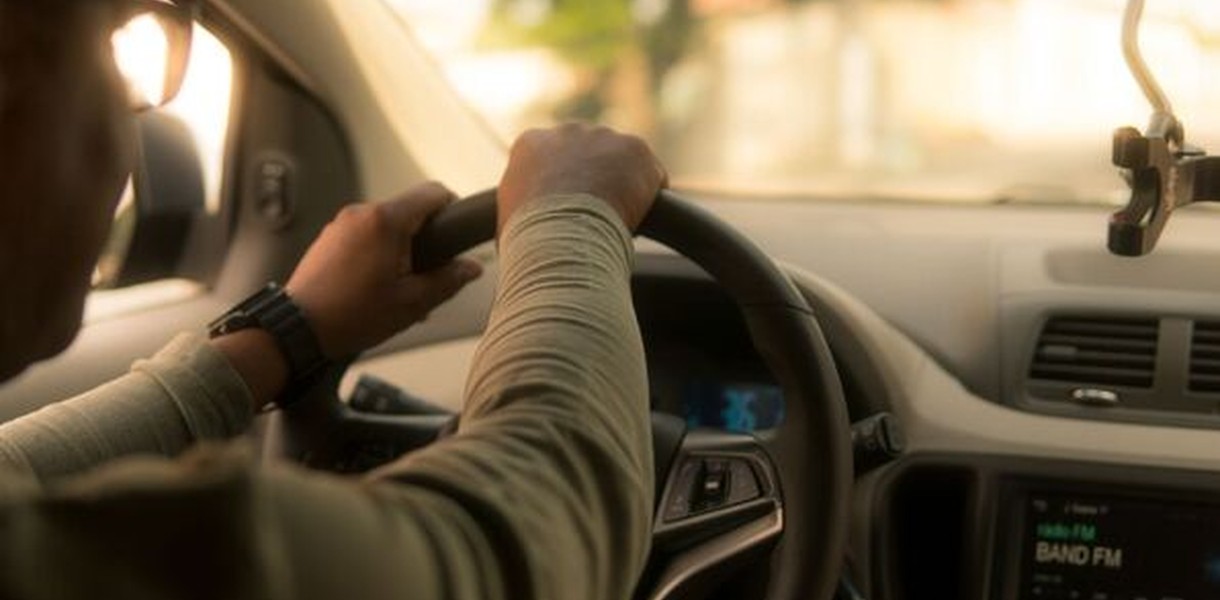Have you decided on a vehicle and want to buy it? In addition to following every detail and the technical characteristics of the car, the budget allocated to its purchase, identifying the right model and brand, it is very important to check it from all points of view. The best way to check the condition of a car is the test drive.
Content:
What is a test drive and how to get it?
What do you need to do on a test drive and how long does it take?
1. WHAT IS A TEST DRIVE AND HOW DO YOU GET IT?
What does a test drive entail? It's a way to check the performance and compatibility of a car before you buy it. A test drive allows you to drive the car on a pre-set or chosen route to observe how it behaves on the road, how it responds to your commands and how it suits your needs and preferences. A test drive is very important to make an informed and safe decision when you want to buy a new or used car.

How to sign up for a test drive?
You contact the car dealer and schedule a date and time for it. You can also physically go to a representative office and plan all the details there. You will have to fill out a form and you will receive a contract that will have to be signed.
Who can test drive?
As a rule, anyone can take a test drive, as long as they have a valid driver's license and have a minimum driving experience. There may be some situations when you need a minimum of one year of experience as a driver or others when you need more years of experience, depending on the value of the car.
What do you need for a test drive?
An identity card, driver's license, possibly other personal items such as comfortable shoes or glasses (if applicable) to be able to comfortably and safely test the vehicle.
So, find out about the features and price of the car you want to test drive. You can use websites, magazines, forums or other sources of information to find out more about the model you want. Compare several offers and choose one that fits your budget and requirements. Most car dealerships also offer a test drive - just contact the dealer or salesperson to schedule one.
2. WHAT SHOULD YOU DO AT A TEST DRIVE AND HOW LONG DOES IT TAKE?

Find out in advance how long a test drive takes and how a test drive is conducted so that you can choose a day and time that suits you and allows you to drive the car in different traffic and terrain conditions. For example, if you commute or travel often outside the city, you should drive the car in the city, but also on national roads or highways. If you live in an area with rough terrain, you should test the car on hills or bumpy roads.
When you arrive at the appointed place, inspect the car carefully. Checks the condition of the body, tires, headlights, mirrors, windows and other exterior elements. Open the doors, hood and trunk and examine the interior, engine and storage space. Make sure the car has no defects, scratches, rust marks, oil leaks or other visible problems.
Before you hit the road, ask your dealer or salesperson what a test drive is. He can best explain all the details that interest you. Once you understand how to do a test drive, adjust the seat, steering wheel, mirrors and seat belt to your liking. Familiarize yourself with the car's dashboard, controls, equipment and functions. Ask your dealer or salesperson to explain anything you don't understand or don't know how to use. It also checks fuel level, tire pressure, condition of brakes and other components essential to your safety.
Drive the car on the route chosen or suggested by the dealer or seller. Pay attention to how the car accelerates, brakes, turns, shifts and adapts to different traffic situations. Feel how the suspension, steering, clutch and pedals behave. Hear the sound of the engine, wheels and other parts of the car. Observe for vibrations, noises, odors or other signs of malfunction. It also evaluates the level of comfort, space, visibility and ergonomics of the car. Don't be distracted by music, conversations or other things that can affect your concentration. If you can, take a trusted person with you to give you a second opinion and help you communicate with the dealer or seller.
In conclusion, after completing the test, talk to the dealer or salesperson about your impressions, the advantages and disadvantages of the car, the price, insurance guarantee and other aspects related to the purchase. Don't rush to make a decision on the spot, but compare several offers and test several similar cars. Choose the car that gives you the best value for money and that best suits your needs and preferences.
Photo source: pexels.com.
